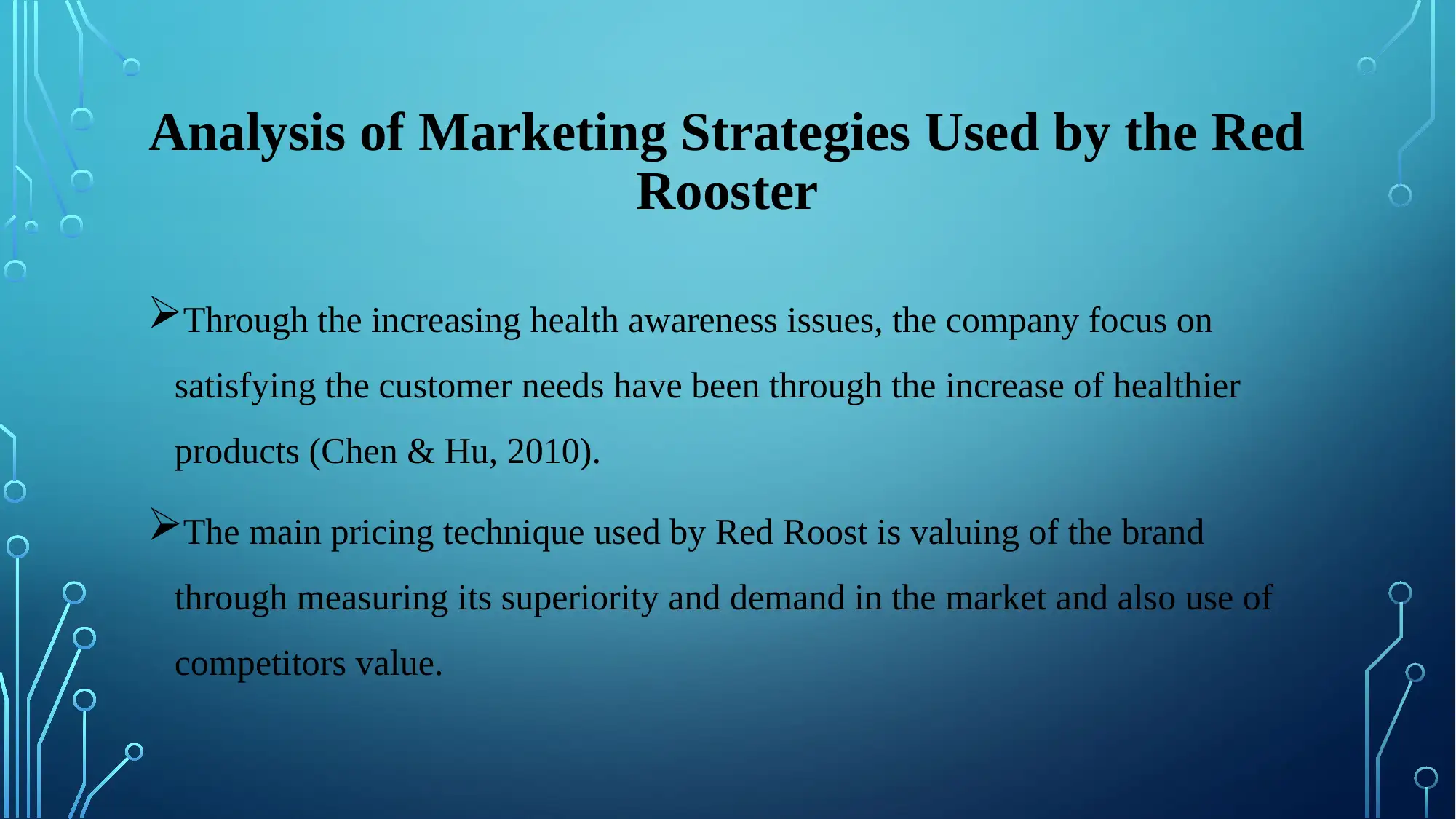Strategic Marketing Management & Implementation Plan for Red Rooster
VerifiedAdded on 2023/06/03
|15
|1151
|251
Presentation
AI Summary
This presentation provides a strategic marketing management analysis of Red Rooster Australia, a major player in the Australian fast-food industry. It includes an internal environment analysis using SWOT, external environment analysis using PEST, and a competitor analysis. The presentation identifies target market opportunities and analyzes existing marketing strategies, focusing on health awareness, pricing techniques, and franchising. An implementation plan based on the PDCA cycle, Product Expansion Grid model, and Sustainable Competitive Analysis model is proposed to address marketing challenges and leverage competitive advantages. The presentation concludes with the expectation that the proposed model will meet strategic objectives and enhance Red Rooster's market position. The assignment also includes the implementation of marketing strategy, examines the tools for strategy implementation and including Value Chain Analysis. Selects two approaches to implement the strategy and explains the benefits of their usage. Shows how the model could be informed within the organization and how the model would roll out in terms of collecting information and using the model.
1 out of 15


















![[object Object]](/_next/static/media/star-bottom.7253800d.svg)